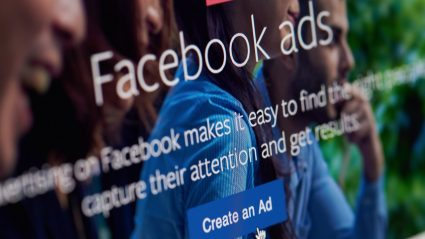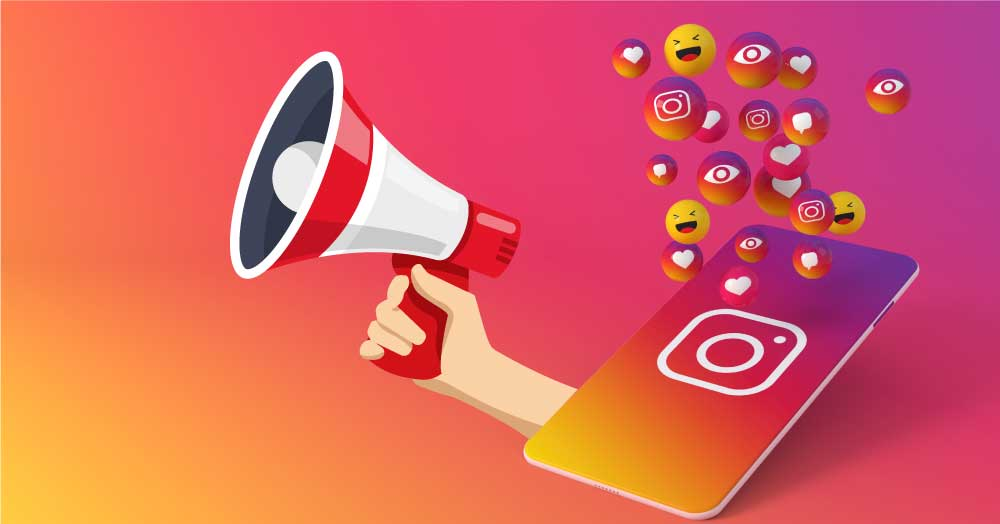Introduction: Why Creative Briefs Still Matter in Social Advertising

Launching a Facebook or Instagram campaign without a strong creative brief is like trying to build a house without a blueprint. You might have great materials—images, ad budget, copy—but without structure, your campaign risks falling flat.
For modern advertisers, the challenge isn’t just coming up with ad ideas; it’s generating dozens of hooks, angles, and variations at scale. That’s where AI prompts for Facebook ads come in. With the right frameworks, you can turn a simple product description into a polished creative brief that fuels high-performing campaigns.
The Power of AI Prompts for Facebook Ads
AI is transforming how advertisers brainstorm and execute campaigns. Instead of relying solely on manual brainstorming, you can now:
- Generate headline and copy variations in seconds.
- Explore different emotional angles (fear of missing out, authority, humor, aspiration).
- Create structured creative briefs for designers, copywriters, and media buyers.
- Save time and reallocate energy to testing and scaling campaigns.
Platforms like OpenAI have proven how AI models can accelerate creativity while maintaining structure. And with tools like My Magic Prompt, advertisers can cut through the noise and produce ad-ready outputs faster than ever.
Frameworks for Writing Effective AI Prompts for Ads
When prompting AI for Facebook or Instagram ads, you’ll want to balance clarity and creativity. Here are three frameworks to use:
1. The Hook–Angle–CTA Formula
- Hook: Grab attention in the first 3 seconds.
- Angle: Position the offer uniquely (e.g., affordability, luxury, time-saving).
- CTA: Drive immediate action with urgency or value.
Example Prompt:
“Write 5 Facebook ad variations for a fitness app. Each should include a bold hook, a unique angle (health, convenience, affordability), and a CTA to download now.”
2. Problem–Agitate–Solve (PAS) Framework
- Problem: Highlight the pain point your audience faces.
- Agitate: Intensify the frustration they feel.
- Solve: Present your product or service as the answer.
Example Prompt:
“Generate 3 Instagram ad briefs for an online language course using PAS. Show the frustration of failed attempts, then position our app as the solution.”
3. Emotional Trigger Prompts
Emotion sells. Guide AI to create ad ideas around:
- Aspiration: “Show how using this product upgrades lifestyle.”
- FOMO: “Emphasize scarcity—limited edition or limited time.”
- Trust: “Highlight testimonials, reviews, or authority signals.”

How My Magic Prompt Simplifies Ad Creative Briefs
Instead of reinventing the wheel for every campaign, My Magic Prompt’s Chrome Extension gives advertisers pre-built templates for ad copy, hooks, angles, and CTAs.
With features like:
- Prompt Builder: Customize AI outputs to match brand voice.
- Ad Templates: Ready-to-use frameworks for Facebook & Instagram.
- AI Toolkit: Organize prompts for ongoing campaign use.
This means you can build and reuse creative briefs instead of starting from scratch every time.
Best Practices for Scaling AI-Powered Ad Campaigns
To get the most from AI prompts for Facebook ads, follow these practices:
- ✅ Be specific: Give AI your audience details (age, interests, goals).
- ✅ Test multiple variations: Don’t settle for one output—experiment with 5–10.
- ✅ Layer prompts: Start broad, then refine for tone, voice, or format.
- ✅ Save your winners: Use My Magic Prompt’s AI toolkit to organize high-performing prompts.
- ✅ Stay authentic: AI is a partner, not a replacement—review and tweak outputs.
For deeper insights, the Harvard Business Review explores how generative AI is reshaping the future of marketing creativity.

FAQs: AI Prompts for Facebook Ads
1. What’s the difference between a good and bad AI prompt for ads?
A good prompt is specific, structured, and includes context. A bad one is vague, leaving AI to guess your intent.
2. Can AI really write ads that convert?
Yes—but only if guided well. The best results come when you combine AI’s scale with your strategic oversight.
3. How can I organize my ad prompts?
Use My Magic Prompt’s toolkit to categorize prompts by campaign, audience, or platform.
4. Should I still A/B test AI-generated ads?
Absolutely. AI gives you volume, but testing ensures you find the highest-performing angles.
5. Is this approach only for Facebook?
Not at all. The same frameworks work for Instagram, TikTok, LinkedIn, and even email marketing.
Final Thoughts: Smarter Ad Campaigns Start with Smarter Prompts
Creative briefs are the backbone of successful campaigns, and now you can generate them in minutes instead of hours. With the right AI prompts for Facebook ads, you’ll spend less time brainstorming and more time scaling what works.
👉 Explore My Magic Prompt to start building smarter, faster, and more effective ad campaigns today.

